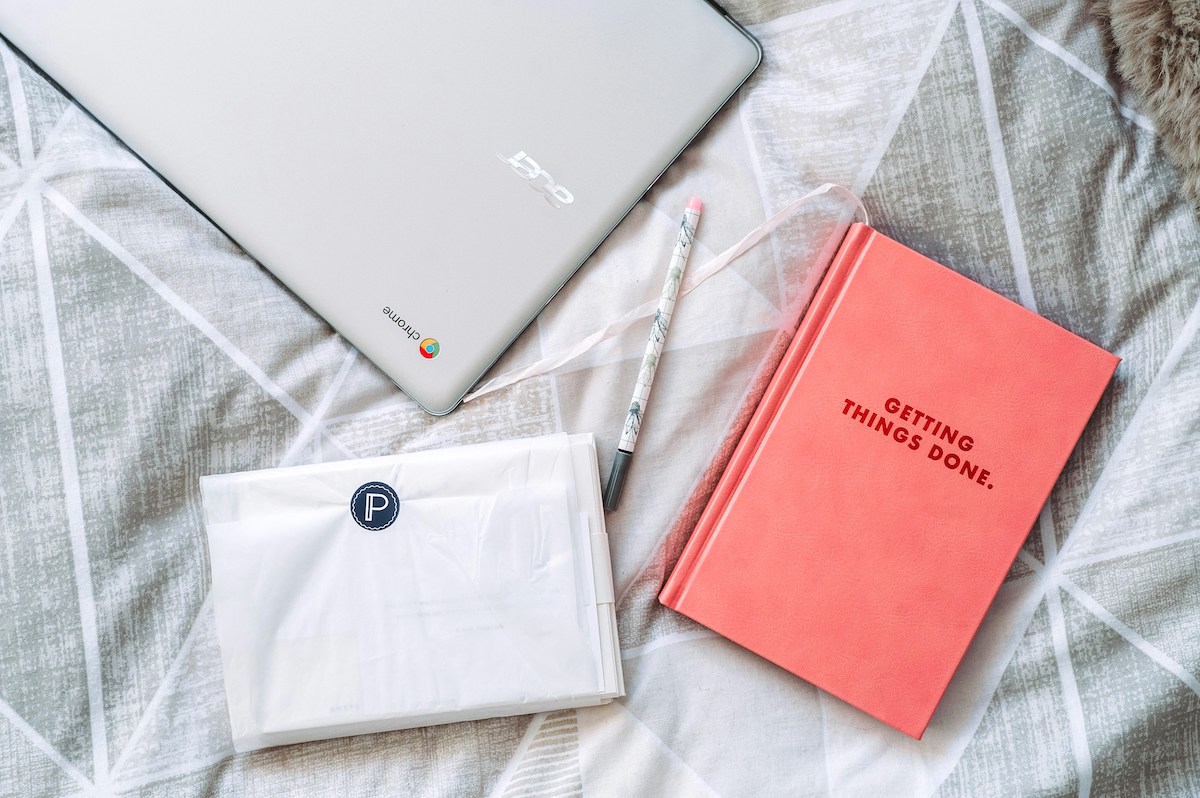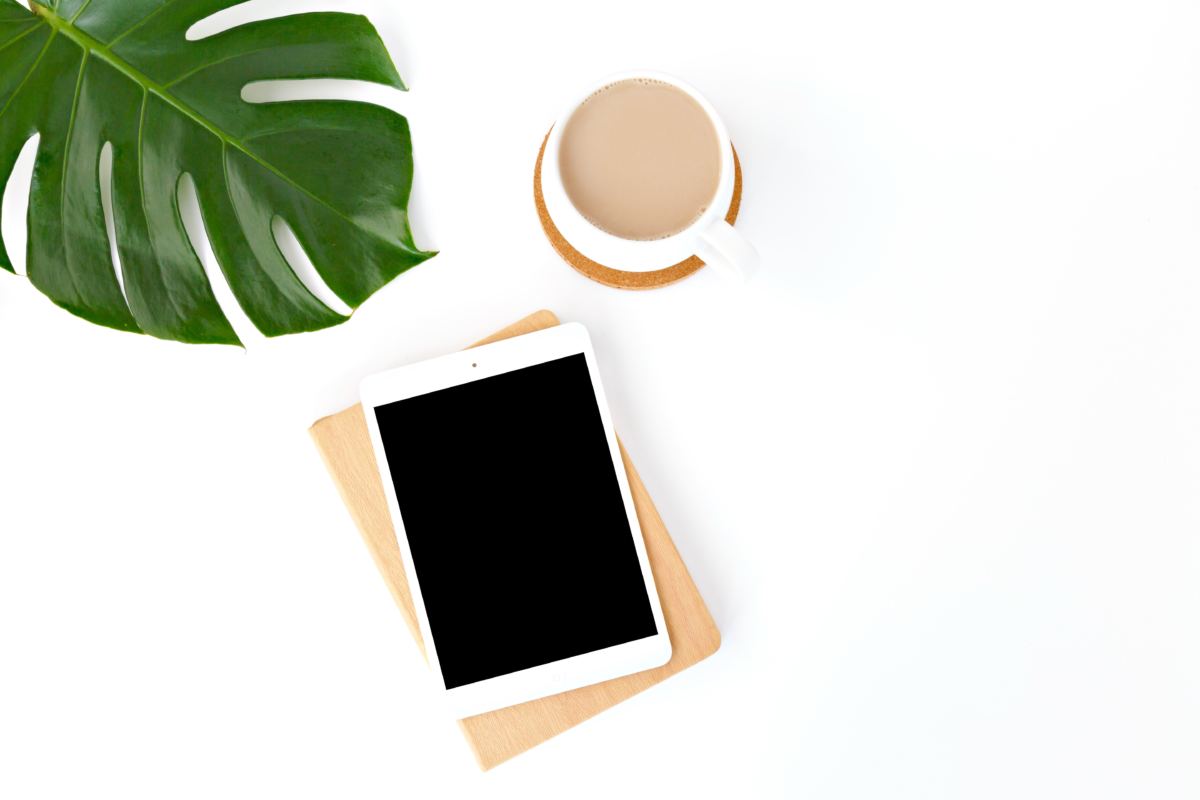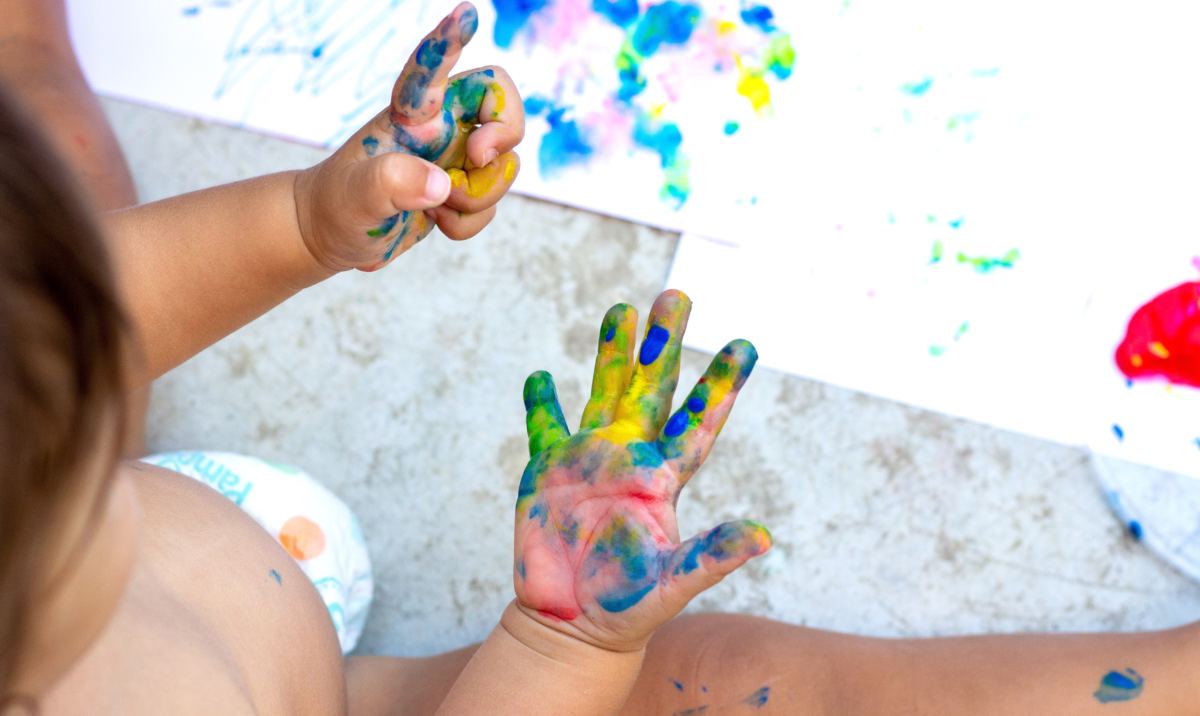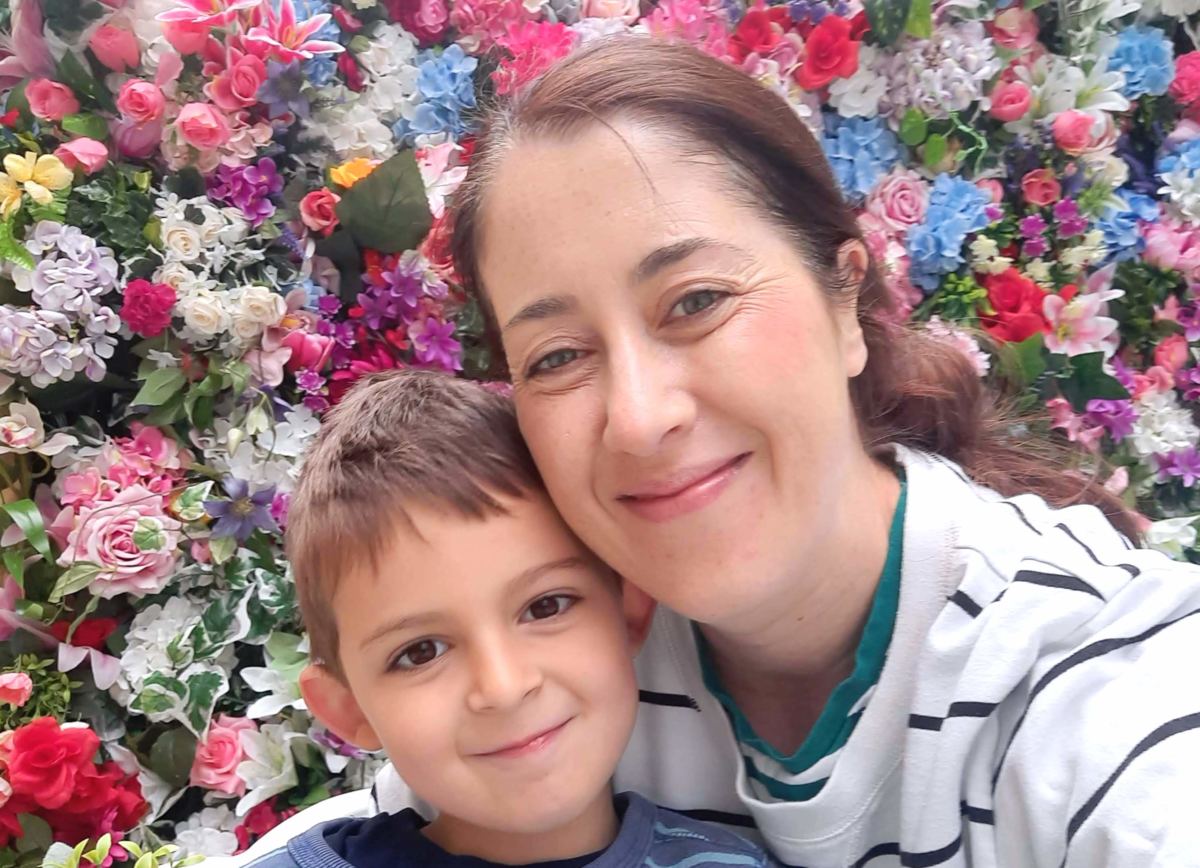How to prepare for going back to school
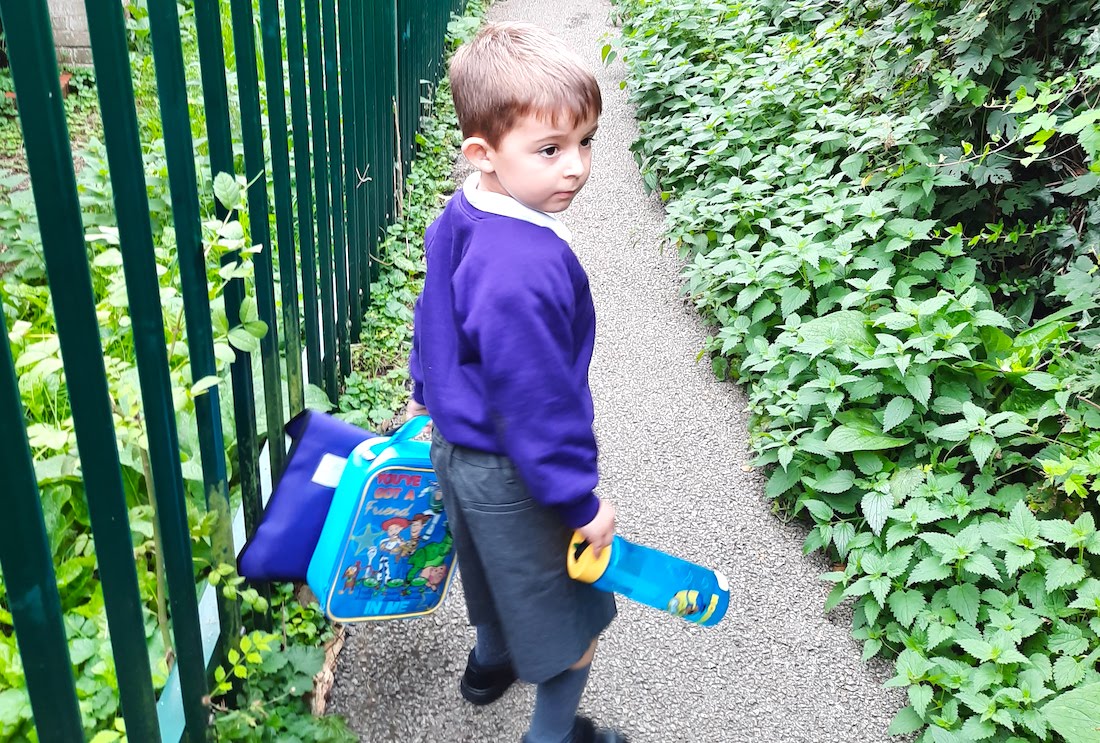
A new school year is fast approaching, which means that feelings of overwhelm can start to creep in once we realise just how much there is to prepare for going back to school.
If your child’s about to go back to school, or about to start school for the first time, and you’re wondering what exactly you need to do by when, then hopefully this post will help you to feel less overwhelmed, and more organised for the start of a new school year.
Related posts:
How to prepare your child for starting school
12 ways to get organised for back to school
10 things I’ve learnt since becoming a school mum
HOW TO PREPARE YOUR HOME FOR BACK TO SCHOOL
A great first step in how to prepare for going back to school is to start with preparing your home.
Some things you can do here include:
Organise your children’s lunch supplies
Everything that your children use for school lunches, such as lunchboxes and drink bottles, should be stored in the same easily accessible cupboard or drawer, and everything should be labelled with their name.
Having everything in the same place makes packing lunches easier, as you don’t have to search for each individual item.
It’s also a good idea to have an extra set of each of these things just in case an item goes missing, or breaks.
In my son’s first year of school he broke many drink bottles, one right in front of me as we reached his school gate, and he even lost a lunchbox. Having spares of these things at home would have been very beneficial.
Related post:
The end of Ryan’s first year of school
Pre plan and prepare your children’s lunches
Planning your children’s lunches a week in advance, and preparing lunches and snacks the night before a school day, can save a lot of time in the morning.
You can prepare your children’s snacks the night before by packing them in their lunchbox and leaving the lunchbox on the kitchen counter, you can then make their lunch and store it in the fridge, so all you have to do the next day is add it to their snacks.
Related posts:
30 lunchbox snacks for kids
5 ways to make meal planning easier
Create a homework space
Set up a homework space in an area of your home that’s central to where you cook dinner, so you can help your children with their homework if you need to.
Make sure that the area has stationery that’s organised in some way, for example, in a stationery caddy or a small container, so that they can’t use the excuse that they’re missing something so they can’t do their homework.
Put school items in dedicated places
Have a dedicated area, or areas in your home where school items go, which will allow your home to stay tidy, and will make the start of a school day smoother because you’ll know where everything is.
For example, jackets and school bags can be hung together, lunchboxes and water bottles can be put on the kitchen counter ready to be filled with the next day’s lunch and snacks, shoes can stay at the door, and uniforms can be put in your children’s bedrooms for the next day.
Put paperwork somewhere accessible
Similar to having dedicated places for school items, have a dedicated area for school paperwork.
This is one area when thinking about how to prepare for going back to school that may be overlooked, because we don’t realise just how much paperwork comes from having school aged children.
Some types of paperwork that you’ll have to deal with includes permission slips, artwork, reading lists, reading and homework record books, passwords, contact forms, and medical forms.
Having a dedicated area in your home for paperwork means that you can go through the paperwork each night, and sign whatever’s urgent, and once signed you can put it in your children’s bags.
Once you do sign something, don’t forget to make a note of anything that you have to do in relation to the paperwork in your planner or digital calendar.
For example, if you’ve signed a permission form for a school trip, make sure you put the date of the trip and anything the form has asked you to do for it in your planner or digital calendar.
Related post:
How to use a planner to stay organised
SCHOOL UNIFORMS AND SCHOOL SUPPLIES
Check your uniform supply
At the end of each term go through your children’s uniforms and PE kits, and replace anything that no longer fits.
Doing this at the end of the term gives you enough time to order new uniforms and PE kit items in time for the start of the next school term.
When doing this you may notice that some uniform items still fit, but they need some TLC.
If this is the case, make sure you soak these items overnight and then scrub them if needed. You may need to give yourself plenty of time to do this depending upon how stained an item is, so make sure you get onto it as soon as you can.
You may even consider buying two sets of uniforms, one set in the next size up, so if your child unexpectantly grows, you’ll have the next size ready for them straight away.
Also, check that any shoes that your children wear to school, including PE shoes still fit. If they don’t, or are about to be too small, get some new ones. Some schools like plimsolls for PE, so if this is the case make sure you buy them and not expensive trainers.
Having shoes that fit and that are comfortable is really important, so a good idea is to let your children break their shoes in a couple of weeks before school starts.
Buy school supplies
Something you definitely need to do when considering how to prepare for going back to school is to buy school supplies, or make sure the supplies you have are usable.
This also includes hand washing or machine washing (if the item allows) book bags, PE kit bags, lunch boxes, water bottles, and school bags, and labelling everything with your children’s names (including each shoe). I use Stikins name label stickers to label all of my son’s school things.
If you need to take your own stationery to school the school will provide you with a list, but the usual things include:
- Pens
- Pencils
- Pencil sharpener
- Pencil case
- Ruler
- Rubber
- Glue stick
- Notebook
RECORD IMPORTANT DATES
If you like the idea of being really organised, and minimising school related stress that may arise any time throughout the school year, then record important dates as soon as you know them.
Important dates include school holidays, bank or public holidays, teacher training days, library book due dates, costume days, birthday parties, PE days, fee due dates, parent’s evenings, school trips, photo days, and any other dates given to you by the school.
Recording important dates as part of how to prepare for going back to school means that you can book things to do over school holidays before places book out, request annual leave in advance, and arrange childcare if needed.
It also means that you won’t forget to have a costume ready for costume days. I can’t tell you how often I was caught out when my son needed to wear a costume to school and I had to improvise because I didn’t have enough time to buy one.
MAKE YOUR CHILDREN RESPONSIBLE FOR SOME ASPECTS OF GOING BACK TO SCHOOL
If your child is old enough to be responsible for part of their return to school, you could create a checklist detailing the things that they are responsible for each morning and night.
This could include getting their uniform ready, getting dressed, filling up their water bottle and putting it and their lunchbox into their bag, and making sure their homework is done.
To make this easier, place the checklist somewhere you and your children can see it, and have them physically check each item off the list when it’s done, so you know it’s done as well.
GET BACK INTO A ROUTINE
Getting back into a school routine can be really hard for some children, especially younger ones who aren’t yet used to having to go back to school after a long break.
Getting your children back into a school routine, or starting them on one, should happen no later than two weeks before school starts.
This means gradually waking your children up until they reach the time that they need to be up for school, and once they wake up at the right time keep waking them up at this time until school starts.
The same can be done for their bedtime, gradually decrease the amount of time they stay up so they start going to bed at the time they go to bed on school nights.
If you have young children, or children who are nervous about starting school, tell them each night how many more sleeps there is until school starts, so they can get mentally prepared.
Lastly, before school starts, get your children’s clothes ready for the next day, just like you would for school, so it remains part of their morning routine.
Related post:
8 reasons why having a routine is important
I hope you’ve found some things here to try so you’re as ready for school to start as possible, and so you feel less overwhelmed.
What do you do before school starts, or which ideas from here will you try?
I’d love to hear about them in the comments section below.

